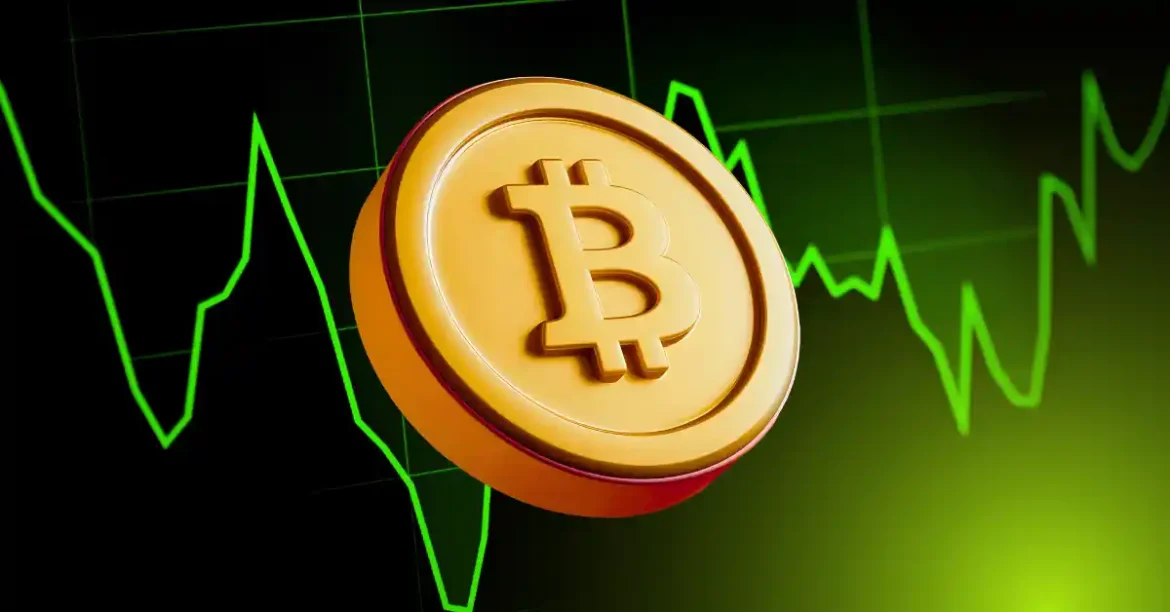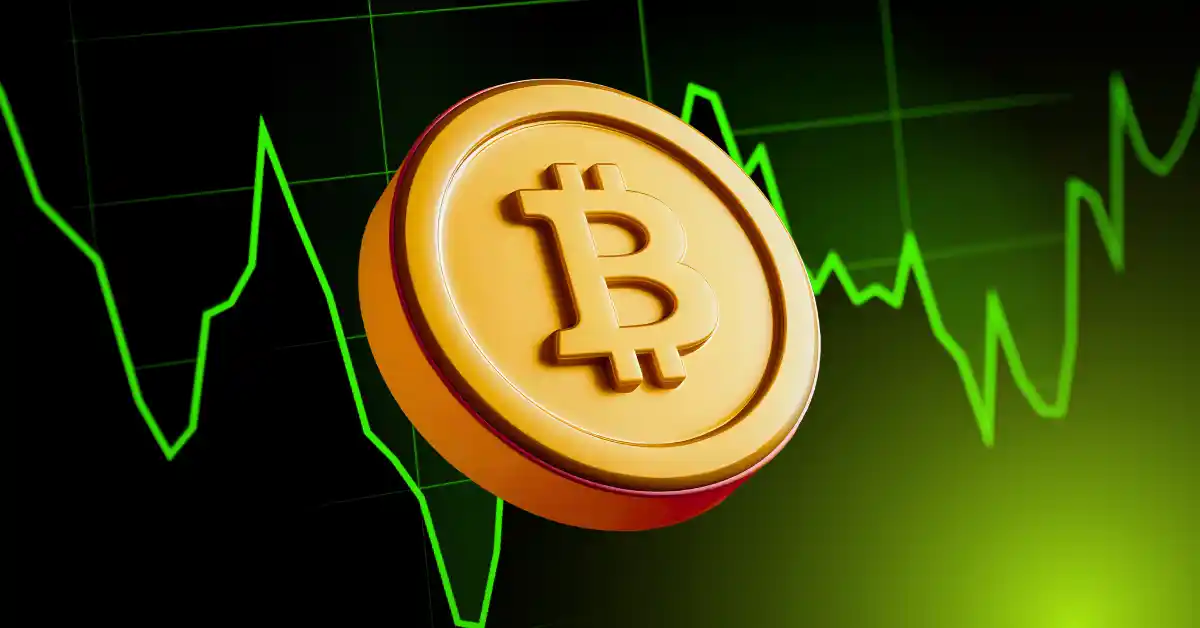The digital age has ushered in a financial revolution, with Bitcoin at its helm. This cryptocurrency, once dismissed as a fleeting trend, has evolved into a formidable force challenging traditional financial systems. Among the many concepts surrounding Bitcoin, “hyperbitcoinization” stands out as a transformative idea that could redefine global finance. This phenomenon, where Bitcoin becomes the dominant form of money, is not merely about price appreciation but a fundamental shift in how value is perceived, stored, and transferred.
The Path to Hyperbitcoinization: A Multifaceted Journey
Hyperbitcoinization represents a tipping point where fiat currencies become unsustainable, and individuals, businesses, and governments abandon them in favor of Bitcoin. This transition is driven by a confluence of factors, each contributing to Bitcoin’s growing appeal.
1. Fiat Currency Failures: The inherent flaws of fiat currencies, such as inflation and manipulation by central banks, are accelerating Bitcoin’s adoption. As governments print money to address economic challenges, the value of fiat currencies erodes, making Bitcoin’s fixed supply and decentralized nature increasingly attractive. The idea is that there will be a point at which the fiat economy becomes unsustainable, and people abandon these currencies for Bitcoin. For instance, countries like Venezuela and Zimbabwe have seen their citizens turn to Bitcoin as a hedge against hyperinflation, demonstrating the real-world impact of fiat currency failures.
2. Bitcoin’s Scarcity: Unlike fiat currencies, Bitcoin has a hard cap of 21 million coins. This scarcity, coupled with increasing demand, creates a powerful upward pressure on its value. As more people realize the importance of owning a scarce asset in an inflationary world, the demand for Bitcoin is likely to surge. The slow creation of new bitcoins makes the cryptocurrency sensitive to demand, since there is no source of readily available supply, making it a key driver for hyperbitcoinization. This scarcity principle is akin to gold, which has historically been a store of value due to its limited supply.
3. Technological Advancements: The ongoing development of Bitcoin’s infrastructure, including layer-2 solutions like the Lightning Network, is making it faster, cheaper, and more scalable for everyday transactions. These advancements are crucial for Bitcoin to function as a global currency. For example, the Lightning Network enables near-instant, low-cost transactions, making Bitcoin more practical for daily use. As these technologies mature, they pave the way for Bitcoin to handle a massive volume of transactions efficiently.
4. Geopolitical Instability: In times of political and economic uncertainty, Bitcoin can serve as a safe haven asset, protecting individuals from government overreach and financial instability. As geopolitical tensions rise and trust in traditional institutions diminishes, Bitcoin’s decentralized and censorship-resistant nature becomes increasingly appealing. For instance, during times of political unrest, such as the 2022 Russian invasion of Ukraine, Bitcoin has been used to support humanitarian efforts and bypass financial sanctions.
5. Corporate Adoption: The growing number of corporations adding Bitcoin to their balance sheets signals a significant shift in perception. Companies see Bitcoin as a store of value and a hedge against inflation, and their adoption further legitimizes Bitcoin as an asset class and increases its visibility. Some companies are racing to drain the Bitcoin supply, further reducing the available supply and increasing its scarcity. This corporate adoption is not limited to tech giants; traditional companies like Tesla and MicroStrategy have also embraced Bitcoin, signaling a broader acceptance.
The Challenges of Hyperbitcoinization: Obstacles on the Path
While the prospect of hyperbitcoinization is exciting, there are significant challenges that need to be addressed before it can become a reality.
1. Scalability Limitations: Despite advancements in layer-2 solutions, Bitcoin’s scalability remains a concern. The Bitcoin network can only process a limited number of transactions per second, which is insufficient to handle the demands of a global economy. For instance, Visa can process thousands of transactions per second, while Bitcoin’s base layer can handle only about seven transactions per second. This limitation is a significant hurdle for Bitcoin to become a global currency.
2. Regulatory Uncertainty: The regulatory landscape surrounding Bitcoin is still evolving, and uncertainty about its legal status and tax treatment could hinder its adoption. Governments may attempt to regulate or even ban Bitcoin, which could slow down its progress towards hyperbitcoinization. For example, countries like China have banned Bitcoin mining and trading, while others like El Salvador have embraced it as legal tender. This regulatory patchwork creates uncertainty and could impede Bitcoin’s global adoption.
3. Energy Consumption: Bitcoin mining, the process of verifying and adding new transactions to the blockchain, requires a significant amount of energy. The environmental impact of Bitcoin mining has been a major concern, and efforts to reduce its energy consumption are crucial for its long-term sustainability. Bitcoin mining consumes as much energy as small countries, translating into a significant carbon footprint. Miners seek cheap energy to maximize their profits, but their energy-intensive activities typically drive electricity costs up for everyone. However, it’s worth noting that many miners are transitioning to renewable energy sources, which could mitigate this concern.
4. Volatility: Bitcoin’s price volatility is a major obstacle to its adoption as a medium of exchange. Businesses and individuals are hesitant to use a currency that can fluctuate wildly in value, making it difficult to plan and budget. For example, a cup of coffee that costs 0.001 Bitcoin today might cost 0.002 Bitcoin tomorrow, making it challenging for businesses to price goods and services. This volatility is a significant barrier to Bitcoin’s widespread adoption as a currency.
5. Security Risks: Bitcoin exchanges and wallets are vulnerable to hacking and theft, which can deter people from using and holding Bitcoin. Improving the security of Bitcoin infrastructure is essential for building trust and confidence in the system. For instance, high-profile hacks like the 2014 Mt. Gox collapse, where hundreds of thousands of bitcoins were stolen, have raised concerns about the security of Bitcoin exchanges. While security has improved significantly since then, it remains a critical challenge.
The Implications of Hyperbitcoinization: A Transformed World
If hyperbitcoinization were to occur, the implications would be far-reaching and transformative, affecting every aspect of society.
1. A New Financial Order: Hyperbitcoinization would usher in a new financial order, characterized by decentralization, transparency, and individual sovereignty. Central banks would lose their power to control the money supply, and governments would be forced to adopt more responsible fiscal policies. This shift could lead to a more equitable financial system, where individuals have greater control over their wealth.
2. Reduced Inflation: With a fixed supply of 21 million coins, Bitcoin would provide a natural hedge against inflation, protecting individuals from the erosion of their purchasing power. This could lead to a more stable economic environment, where savings retain their value over time. For example, in countries with high inflation rates, Bitcoin could serve as a stable store of value, preserving wealth for future generations.
3. Increased Financial Inclusion: Bitcoin could provide access to financial services for billions of people who are currently unbanked or underbanked, particularly in developing countries. This increased financial inclusion could empower individuals to participate in the global economy, fostering economic growth and reducing poverty. For instance, in countries with limited banking infrastructure, Bitcoin could enable individuals to access financial services through their smartphones, bypassing traditional banks.
4. Greater Economic Freedom: Bitcoin’s censorship-resistant nature would protect individuals from government overreach and allow them to transact freely without fear of interference. This could lead to a more open and free society, where individuals have greater control over their financial lives. For example, in countries with restrictive financial policies, Bitcoin could enable individuals to bypass these restrictions and access global markets.
5. A More Efficient Global Economy: Bitcoin could streamline international trade and reduce transaction costs, making the global economy more efficient and interconnected. This could lead to increased economic growth and prosperity, as businesses and individuals benefit from lower costs and greater access to global markets. For instance, cross-border remittances, which often involve high fees and long processing times, could be significantly streamlined with Bitcoin, benefiting millions of people worldwide.
Conclusion: A Future Shaped by Bitcoin?
Hyperbitcoinization is not a certainty, but it is a possibility that deserves serious consideration. Whether it will happen and when is still unknown, but the conditions are ripening. The drivers of hyperbitcoinization are powerful, and the potential benefits are enormous. However, the challenges are also significant, and overcoming them will require innovation, collaboration, and a willingness to embrace change. As Bitcoin continues to evolve and mature, it has the potential to reshape the global economy and usher in a new era of financial freedom and prosperity. The slow creation of new bitcoins makes the cryptocurrency sensitive to demand, since there is no source of readily available supply, making it a key driver for hyperbitcoinization. But there will be a point at which one has to measure increasing purchasing power in goods and services. Until hyperbitcoinization is complete, the journey towards a Bitcoin-dominated financial system will be filled with opportunities and challenges, shaping the future of global finance in profound ways.





